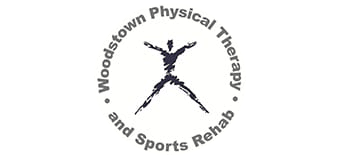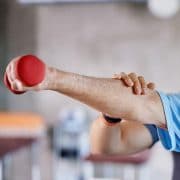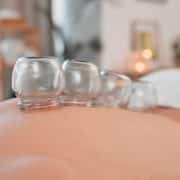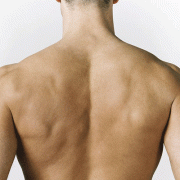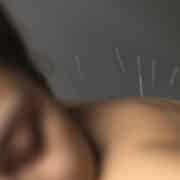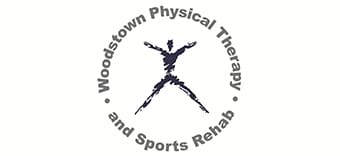How to Help My Carpal Tunnel Syndrome
We provide comprehensive health and wellness through physical therapy and alternative treatments at Woodstown Physical Therapy. Choose to treat carpal tunnel syndrome without surgery using our innovative techniques. Decide if physical therapists in Woodstown, NJ, are right for your carpal tunnel wrist and hand pain.
What is Carpal Tunnel Syndrome
Carpal tunnel syndrome is a chronic inflammation of joint tissue in the wrist. This inflammation is associated with constant pressure from using a computer keyboard. When the hand constantly presses a keyboard when typing, the patient’s wrists often suffer from a lack of movement.
When a person uses a keyboard for eight or more hours every day for a long period of time, the wrist tissue begins to harden. Instead of being flexible, the joint begins to cause the hands to go numb from a lack of blood flow. The result is carpal tunnel syndrome, which can be treated with physical therapy or surgery.
Am I a Candidate for Physical Therapy for Carpal Tunnel
For patients who have suffered from numb hands and fingers caused by carpal tunnel syndrome, physical therapy is a good move. Individuals can stop the pain in their wrists and fingers associated with carpal tunnel with the help of physical therapists. The carpal tunnel is categorized as a type of sports injury in Woodstown, NJ.
Choose Carpal Tunnel Syndrome Treatment in NJ
Contact our office by calling 856-769-4564 for Woodstown, NJ, or at 856-769-4564 for Mullica Hill, NJ. We have Salem County physical therapists at each location to better serve your physical therapy needs.
Along with carpal tunnel syndrome, we also work with clients who have shoulder injuries and wrist fractures, as well as sports injuries. Discover how physical therapy can minimize neck and back pain, including revolutionary treatments like Class 4 laser and dry needling for more holistic services.


